Izhaso, the Forge of Bones
If only we could find a way to turn the stench of this place into a weapon. No enemy could hope to defeat us.
Izhaso is a forge-city near the city-state of Dhanû, where monsters felled in battle are butchered and reforged. It is the home of the Imaður and their master artisans, a site of pilgrimage for any who would don the carcass-armor for the Sōtari. Sequestered away from the city-state proper, the pits of poisonous blood, corrosive gas, and the noise of cadaverous industry are kept well away from others. Izhaso is a hive of constant activity, of flesh tearing apart and Chitin made whole again in new shapes.
To wear something made by the masters of Izhaso is a sign of great prestige. Lesser forges won't do for the nobility of Dhanû - only in the Forge of Bones can something worthy be made.
Geography
The Forge of Bones is spread out across seven large caverns and connected by a labyrinth of tunnels, warrens, and garbage-pits. Each cavern is large enough to hold several workshops and forges, ringed by homes dug out of the cave where apprentices and lesser craftmen live, packed tightly in between storage-pits filled with corpses and tools. The walls and floor if Izhaso are caked with slime, a stubborn ooze comprised of equal parts water, ichor and rot. Some tunnels are completely overgrown by the multi-colored mold that sprouts from the grime, and must occasionally be purged when they begin to infest the workers.
Master-artisans and noble-crafters live in relative seclusion in the two deepest caverns, away from the filth and stink. Space is at a premium in those parts of Izhaso, and expansion is slow as those who live there jealously guard their status and priviledge.
When work is plentiful, Izhaso swells beyond its confines and spill out into the caverns of Sheoin outside. Those hoping to find work gather in tents and crude shacks and work out in the open, subsisting on the scraps left over from the butcher-forges.
Fang and Claw
We were made without fangs nor claws, nor scale or hide to shield us. We made our own.
The Dhanû don't use chitin and claw only for practical reasons, but as a matter of principle and statement. A warrior is only as good as what she has killed, and there is no better way to show it off than to wear the slain. A few forges melt and craft metal here to create pins, straps, buckles, and other minor items, but they are a minority. The fact that the crafters of Izhaso can create things as good or better than metal gives weight to the tradition. If there is one resource that Sheoin has in abundance, it is monsters.
Izhaso reeks of slaughter. The cavern floor is scarred by acidic blood or bile spilled, sometimes stored in great pits of coagulating ichor. Fresh corpses are stored wherever there is space, shoved into the back of workshops, or hung from hooks in the ceiling.
The press of bodies, both human and monster, with forges for both bone and metal combine with fires lit for heat and light to warm Izhaso to an unpleasant, soupy humidity. Outside, the Forge of Bones is close enough to the cold-spreading cancers of Sheoin Region for the temperatures to remain chilly, though not cold.
There is always something that needs to be made, and Izhaso is seldom quiet, no matter the cost. Accidents are common, and not all beasts are dead when dragged in to be butchered.
Government
Like in Dhanû, everything in Izhaso is owned by one clan or another. In theory, it is the Exarch of Dhanû who owns Izhaso as a whole, but in reality, it is a patchwork of competing clans and rival artisans. Some clans have even made the work at Izhaso their calling and abandoned Dhanû entirely to live among its forges. Such choices are controversial - the nobles of Dhanû are expected, though not obliged, to be warriors before all else. Invariably, one of the fates awaits those who make such a choice: they become masters of their craft and remain, or fade into obscurity as Clanless.
Everything in Izhaso is owned by a clan... Almost. A solitary forge lies nestled deep beyond the seven caves. Its master answer to no clan, but commands respect from even the most willful noble. Rivals watch her with jealousy, but several influential figures in Dhanû have made the penalty of trespassing against her painfully clear.
The Cult of Zhotori has a presence within Izhaso only by the grace of the Exarch. They are mostly left to their own devices, their bizarre rites avoided by the other workers. Their craft is often considered amateurish by the residents of Izhaso, and is only used by the cult itself.
Industry
Izhaso is the largest forge-city of its kind and home to many of the best talents in Dhanû. Vast quantities of arms and armor are shipped off every day, with most going to the city-state proper or to the Fortress-Garden. Some forges specialize in a single creature or a particular type of weapon while others are more artistic. The common forges outfit many destitute clan-warriors with reliable and well-made equipment, but any Dhanûian worth her skull craves what emerges from the master-artisan's workshops.
More than that, Izhaso creates countless everyday items for the citizens of Dhanû. Everything from buttons, pins, buckles, combs, and jewelry down to powdered horn and chitin for medicine come out of the Forge of Bones. Such industry does not carry as much honor or prestige as making weapons or armor, but they are vital to Dhanû's survival.
Izhaso does not deal much with gems, metal, or stone. Most of what comes out of Izhaso was once part of a living being, and the Dhanû place great spiritual value on the traits of what they send to the forge. A sickly beast will make for poor arms.
Military
Let them come: fresh bones for the forge!
Izhaso is guarded by several contingents of clan-warriors left there by their clan. These groups vary in size but are all skilled and hardened warriors raised from a young age to do battle. While they quarrel and feud among each other in times of peace, any attack has always seen a coordinated and brutal response. When they are not keeping watch, the warriors hunt the caves of Sheoin - it keeps their skills sharp, the forges stocked and boredom at bay.
In addition, Izhaso sees a fair bit of traffic with many of those who come and go being warriors. Some come to purchase goods, others to collect taxes, delivery material, or as the personal guard or a visiting noble. No warrior of Dhanû is likely to sit idle in the case of an attack - not when there is glory to win.
Izhaso has few fortifications beyond the fortress-gate that lead into the seven caverns. Other, smaller tunnels are sometimes used by smugglers and thieves, but these are closely guarded secrets. Further out, some clans maintain seasonal hunting camps and lodges in the area around Izhaso. From these, warriors strike out to find prey and on occasion fulfill the very specific demands required for some particular project.
Sheoin Region Izhaso lies within the cold and barren Sheoin region. Here, the land is at war with itself as competing eco-systems warp and mutate the very stone in their battle for supremacy. Here, rampaging beasts and mad monsters are not a menace to fear, but raw material. Read More About Sheoin Region
Waste not, Want not
Very little goes to waste in Araea and even more so in Izhaso. Inedible flesh rendered down to use as glue, dye, or acids. Blood is mixed with ground fungi to make meals, and bones are turned to pins and buttons. Eyes are made hardened, vanished, and polished until they gleam like gems. Everything, no matter how unlikely, finds a use here.This resourceful attitude is not spared on humans. Skulls are always saved for the Shikei, but the rest finds its way to the butcher's table. Bone is bone, after all.
Rule By Habit
Fractured between several interests, Izhaso has no real coherent and unified rule but instead rely heavily on the recognition of its value. Exarchs find that taxing the forge-city or otherwise making an enemy of the Forge of Bones a quick way to make their rule complicated. In effect, the Dhanû tradition of obligation and expectation has expanded across the whole of Izhaso. It has not always worked in its favor. Honorless leaders have sometimes risen to take advantage of the lack of order and unity, but only for so long. So far, Dhanû's clan-like structure has not allowed the rise of any single power to secure Izhaso, and every attempt inevitably fractures as the feuding begins.Masks
Every warrior in Dhanû has a mask. These elaborate helmets display prowess and intent, linking the warrior to the beasts or demons the masks portray. The art of mask-crafting is an honored profession, practiced with great reverence in Izhaso. Hard carapace is the preferred material, being both light-weight and sturdy, but true masters use a staggering variety of corpses and material to create the very best masks. Read More About Dhanû Masks
The Beast-Skins
To some, madness has virtue.The Sōtari are frequent visitors of Izhaso - a kind of Dhanû warrior who drape themselves in the flayed carcass of monster to become like them. These mad warriors work themselves into a frenzy, howling like animals and biting their shields before throwing themselves into war. For a Sōtari in need of a fresh corpse and new ichor to daub themselves with, Izhaso has all they require. If something cannot be sold to anyone else, it is almost certain that least the Sōtari will have some gruesome use for it. Read More About the Sōtari

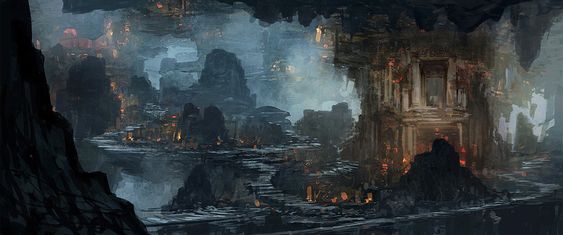
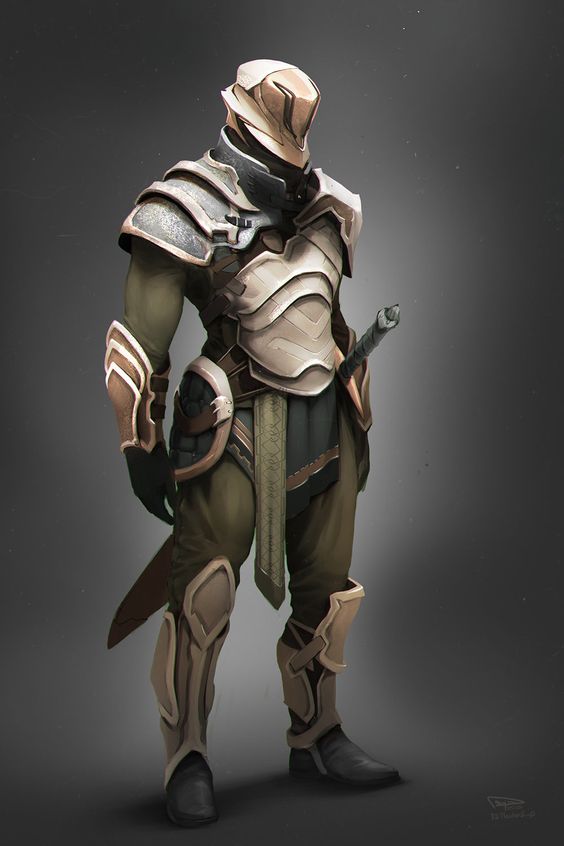
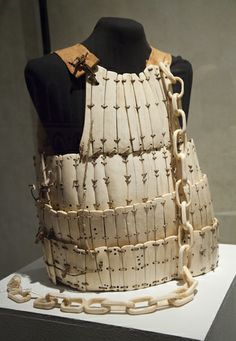

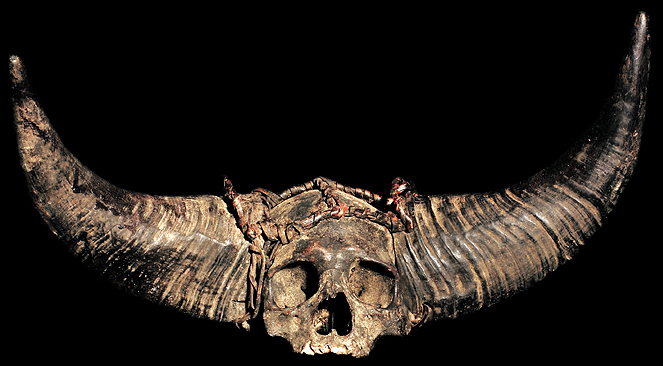
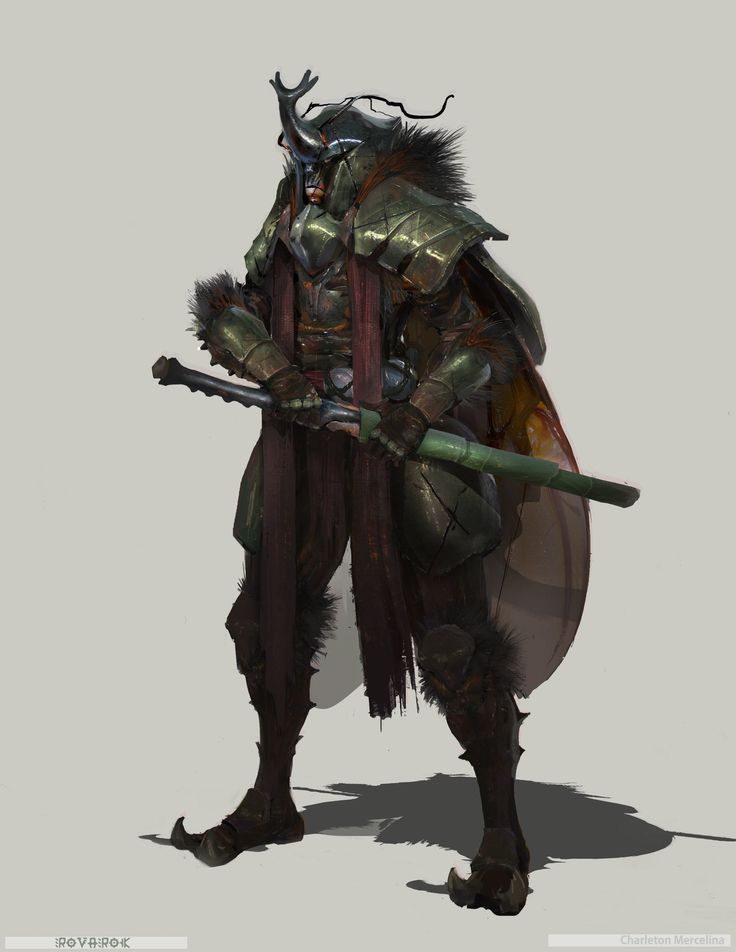



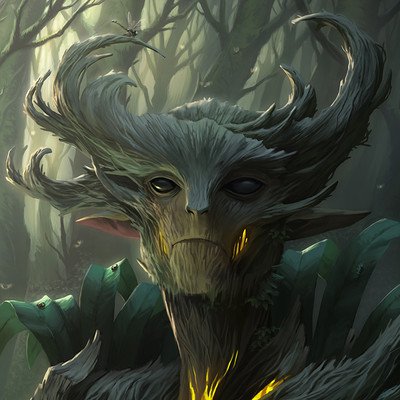




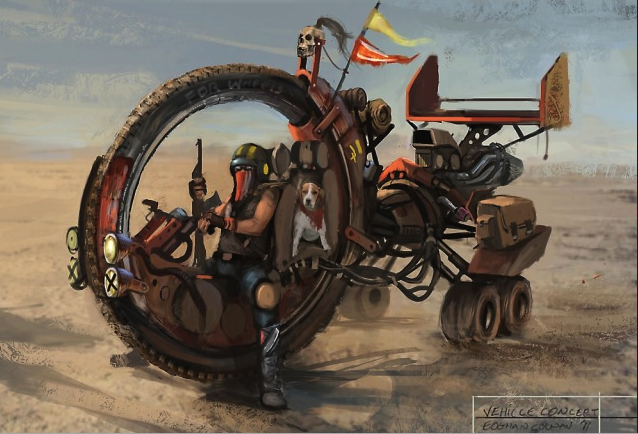
The name "Forge of Bones" hooked me instantly. Gave me wonderful questions that I was excited to have answered by the article! "Forge of bones? What bones? Where is the forge? What are they making out of the bones? Where do they even get all the bones from? So great job with the naming and theming right away! I love just how clearly laid out the process is in this article. The way you've shown that the monsters, creatures, and even people's corpses are used to create the tools, weapons, and armor of the city. There was a brief part near the beginning of the article that brought up a question I had though: "The Forge of Bones is spread out across seven connected caverns and a labyrinth of adjacent tunnels, warrens and garbage-pits." So is there no main area of Izhaso? From the rest of the article, it appears the city has no central ruler/government, so I guess it'd make sense that there's no sort of "head building/area". But is there a main sort of congregation area, or biggest forge? Another part I liked is that the forges don't make purely weapons or armor, but mainly every day items as you say. Actually, as I typed that sentence out, another question occurred; what is the title given to those who craft things out of bone and animal corpses? I think I read above that it's "Master Artisans"? I'd love to have a bit more detail about that part, and it would be nice to see the title used more throughout the article. I also did a once-over looking for spelling/grammar mistakes. Now, I'm no expert on the subject, so these might be baseless suggestions! Quote at the top right, above the side bar:
Should it be "Izhaso lies..."? Below the "Government" header: It seems a little bit awkwardly worded to me. Maybe something like "Its master answers to no clan, and the work she makes demands respect even from the most willful noble"? I think it might've just been missing an "s", and a comma somewhere in the sentence. Below the "Industry" header: Should be "Izhaso is..." Bottom right, bottom of sidebar: I think there's an "an" that shouldnt be there! "...visitors of Izhaso - a kind of ..." is what it should be I think. But, I think that's all I was able to find! Again, take all grammar suggestions with a grain of salt, I'm no expert hehe. I as always absolutely adore your work! Keep on being a wonderful source of inspiration :)Thank you so much :D I went through and fixed all those things, rewrote the forge-lady sentence a bit! I like the idea of giving the monster-part crafters a specific title, but I'm not sure what it would be. I am definitely returning to it.
Creator of Araea, Megacorpolis, and many others.